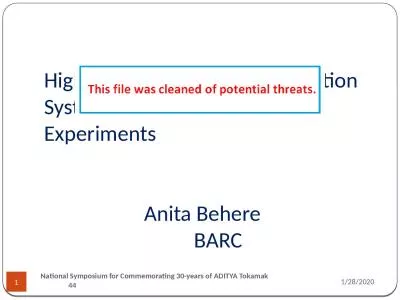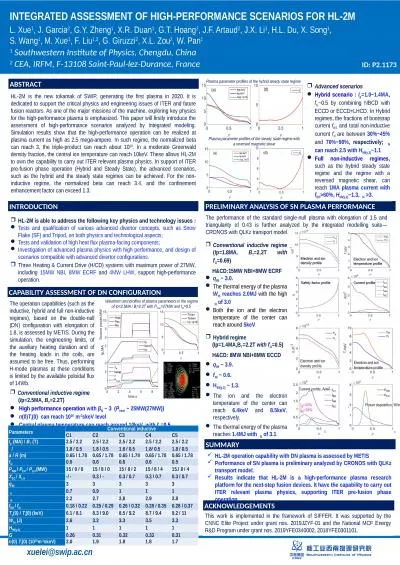PDF-ECCD for Advanced Tokamak Operations Fisch Booze versus ohkawa methods
Author : pasty-toler | Published Date : 2017-07-13
Decker September 2003 Plasma Science and Fusion Center Massachusetts Institute of Technology Cambridge MA 02139 USA This work was supported by the US Department
Presentation Embed Code
Download Presentation
Download Presentation The PPT/PDF document " ECCD for Advanced Tokamak Operations Fi..." is the property of its rightful owner. Permission is granted to download and print the materials on this website for personal, non-commercial use only, and to display it on your personal computer provided you do not modify the materials and that you retain all copyright notices contained in the materials. By downloading content from our website, you accept the terms of this agreement.
ECCD for Advanced Tokamak Operations Fisch Booze versus ohkawa methods: Transcript
Download Rules Of Document
" ECCD for Advanced Tokamak Operations Fisch Booze versus ohkawa methods"The content belongs to its owner. You may download and print it for personal use, without modification, and keep all copyright notices. By downloading, you agree to these terms.
Related Documents

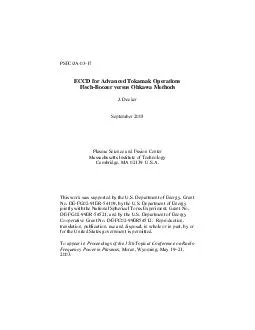
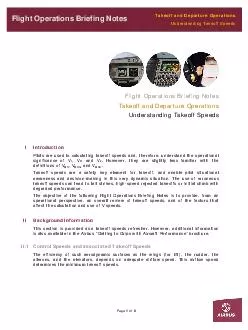




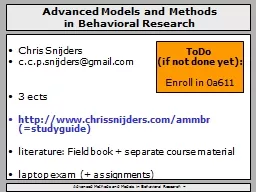
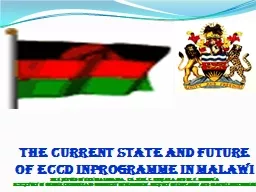

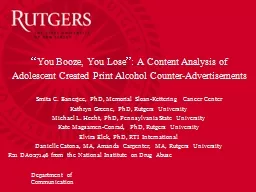
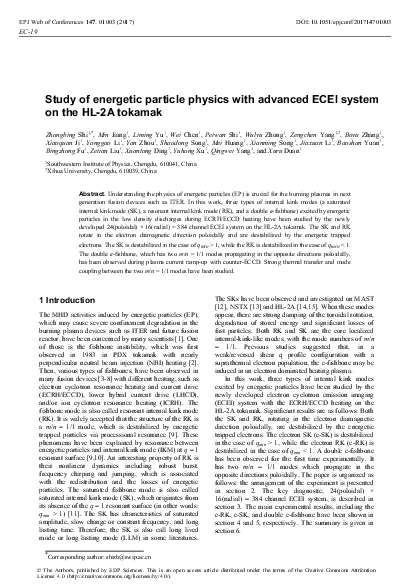
![[EBOOK] - The Greatest College Health Guide You Never Knew You Needed: How to Manage](https://thumbs.docslides.com/906314/ebook-the-greatest-college-health-guide-you-never-knew-you-needed-how-to-manage-food-booze-stress-sex-sleep-and-exercise-o.jpg)
